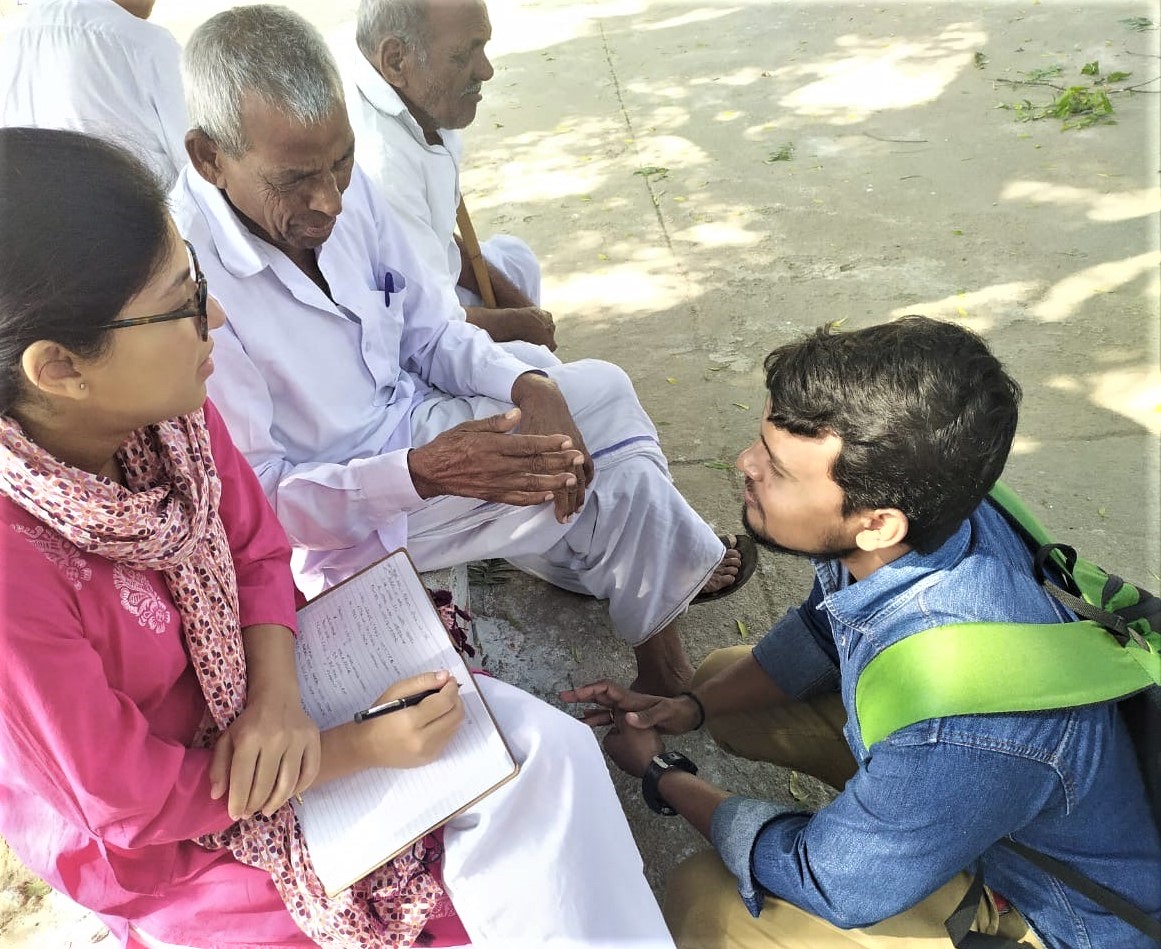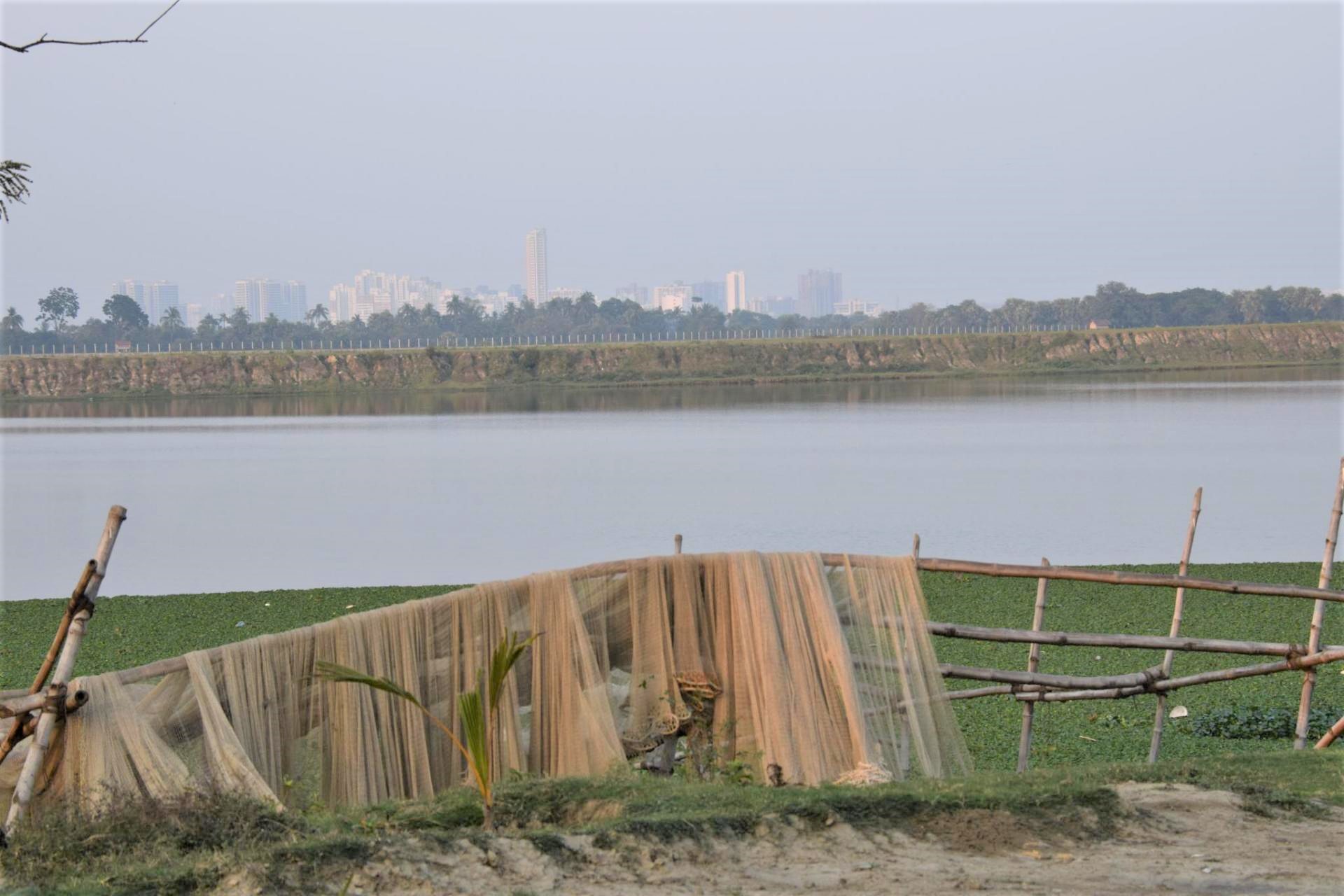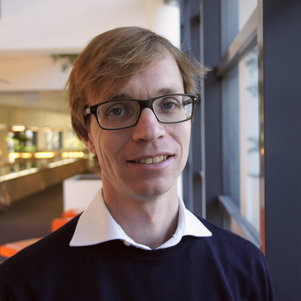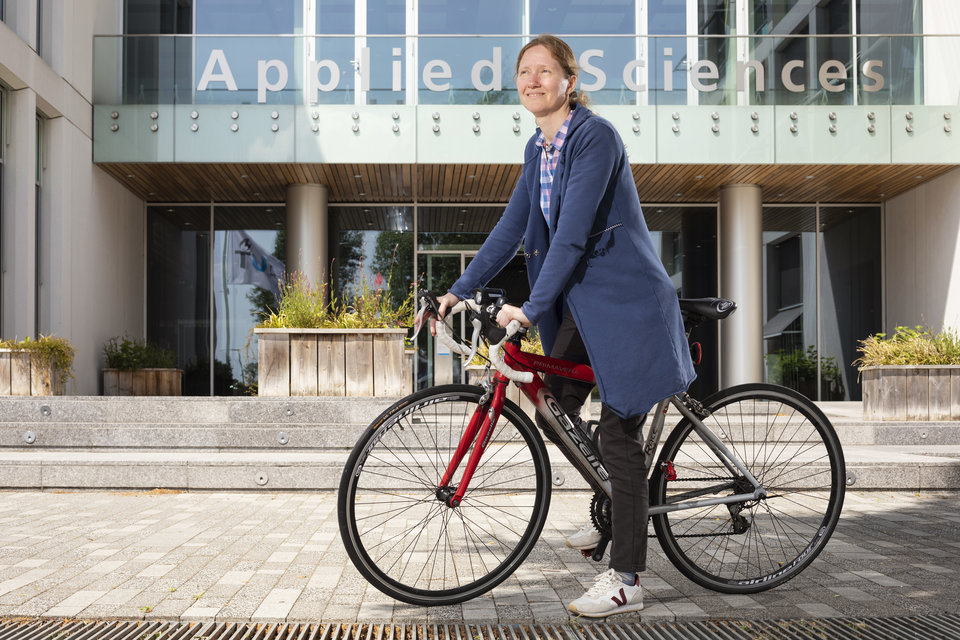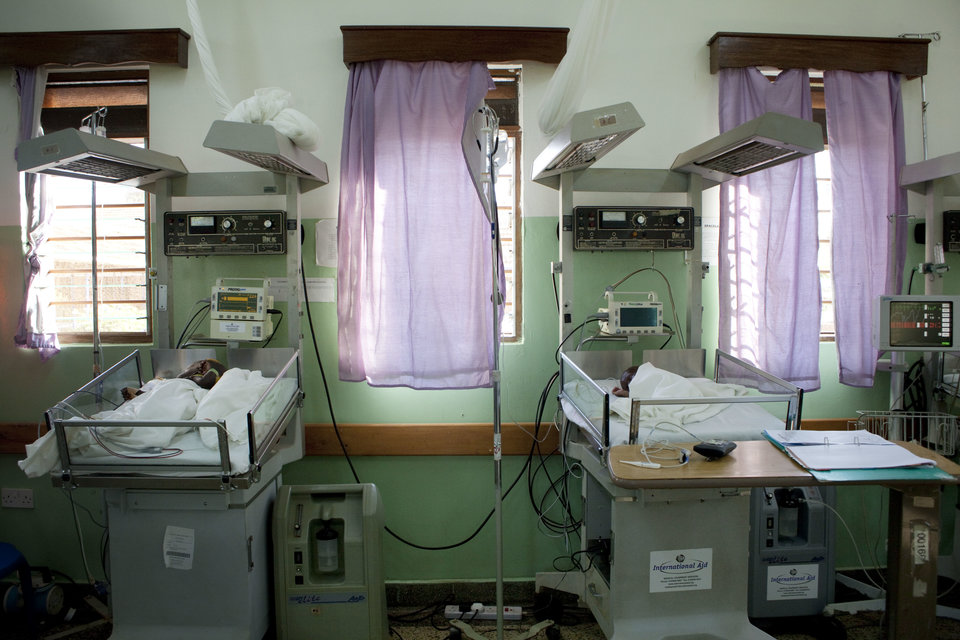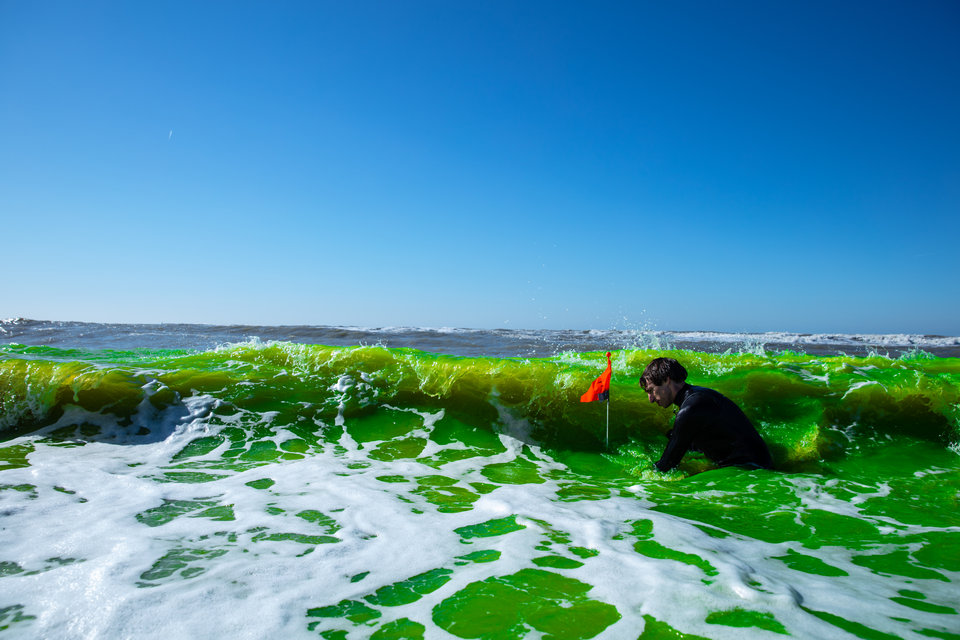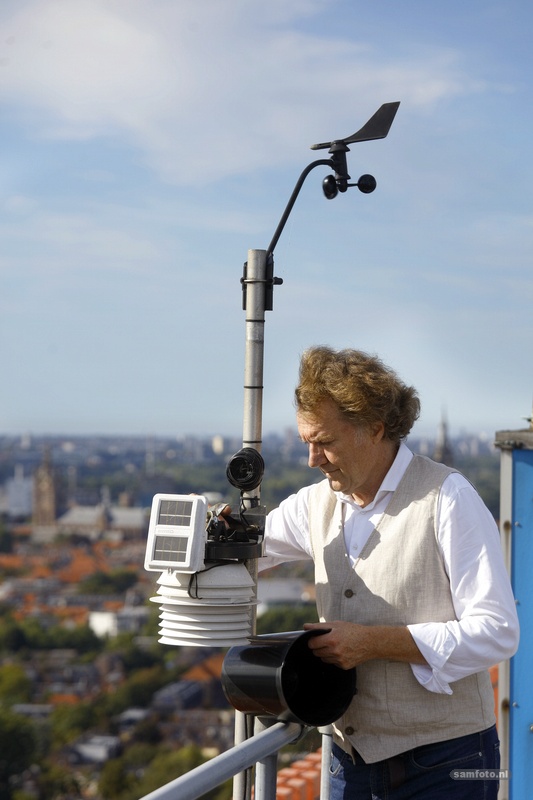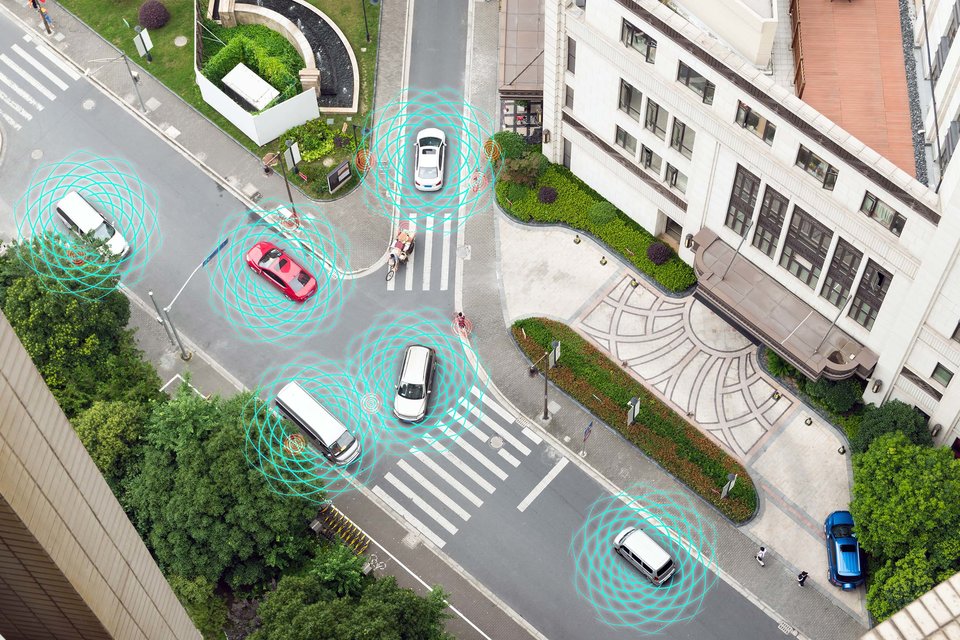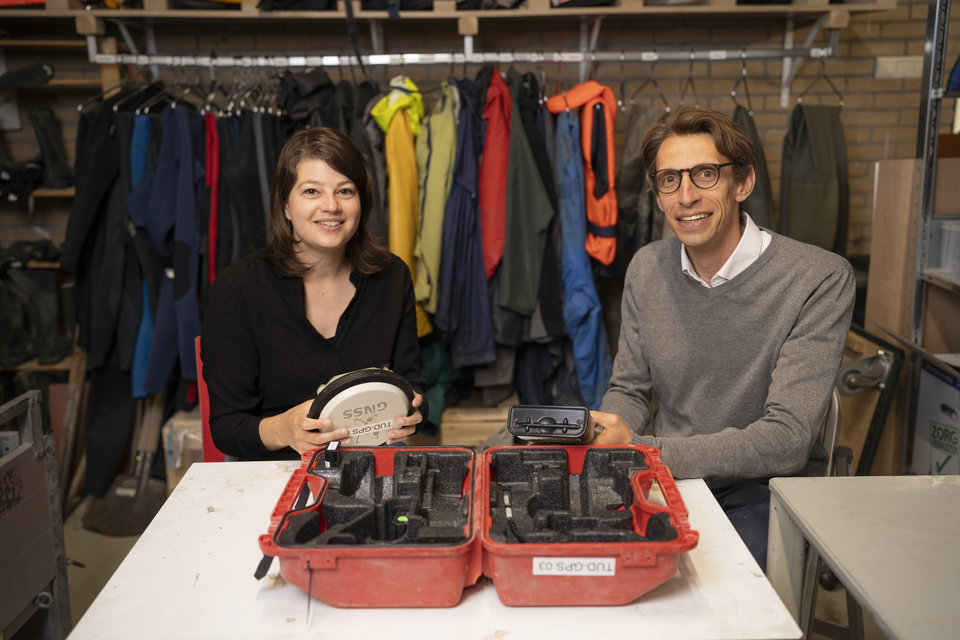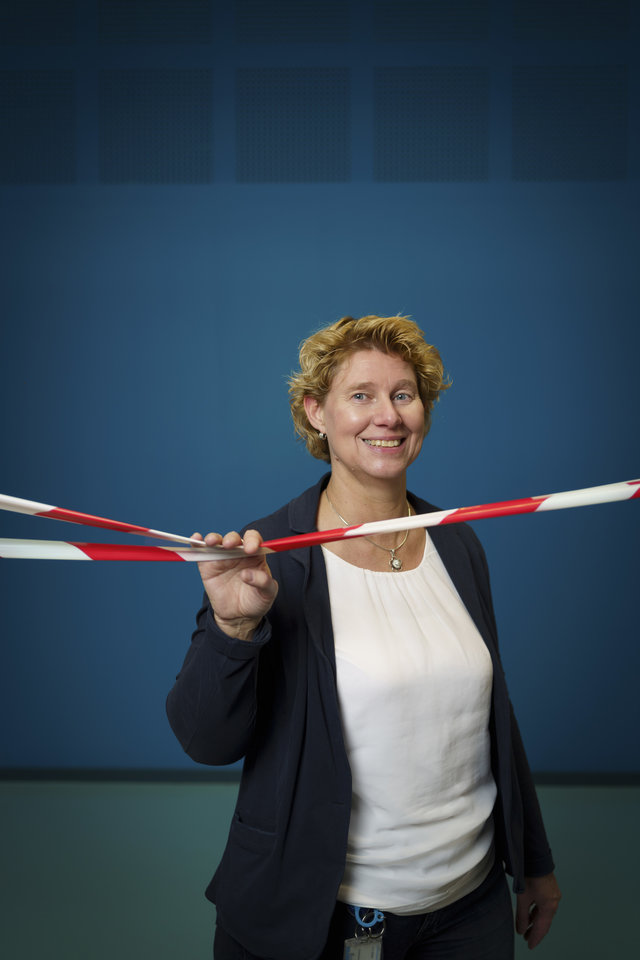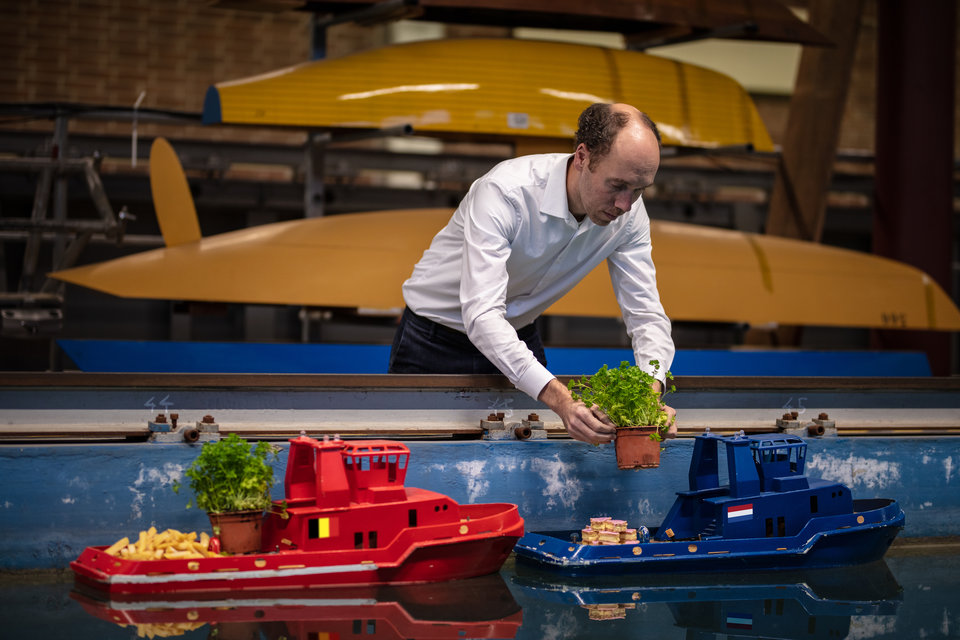Over the last decade, uncontrolled growth has transformed rural villages around major cities in India into peri-urban areas. The original water infrastructure in these agriculture-dependent villages is ill equipped to cope and this is creating tensions. Together with local stakeholders, researchers Leon Hermans and Sharlene Gomes are taking stock of vulnerabilities and opportunities for adaptive water management for sustainable development of the areas.
Uncertainty
“In our research we focus on peri-urban communities around the cities of Kolkata, Pune and Hyderabad. In these areas there has been rapid construction of homes and factories and the growing population and industry create an increasing need for water. Because of the changing and uncertain nature of rural to urban transitions it is difficult to make strategies for the future”, explains Gomes. This is where the adaptation pathways approach comes in, that works with a decision model that leads to different future scenario’s. This approach can help policymakers in their decision process.
No straightforward solution
We are studying two communities near each city with different problems. From a geographical perspective, the cities also have different climates and therefore face different hydrological challenges”, says Hermans. The research is focusing on three important aspects: drinking water, water as an income source (used for agriculture and industries, for example) and the changing institutions for managing both types of water supply. “Our early observations show that the public water management system is unable to cope with the explosive growth. In some of the communities, this has led to the emergence of private bottled water plants with their own water source. Of course, this has an effect on the availability of water, especially if it’s in short supply,” says Hermans.
In other communities, chemicals from emerging industries have polluted the surface water to such an extent that farmers are no longer able to work the land. This is depriving the original residents of their source of income. “Legislation in such areas to control the discharge of polluted water is not applied successfully, which is enabling these kinds of practices to develop. The fact that the issue is so complex and varied also means that there is no straightforward solution that can be copied everywhere. At the same time, that’s also what makes our work challenging,” states Hermans.
Local involvement
Local players are actively involved in the project to gain a good understanding of the situation on the ground. Hermans: “We learnt from a previous project in India, that change happens gradually, one bit at a time, because trust takes time to develop. However, on the plus side, we already have good and positive contacts from that earlier project”.
“By conducting surveys and interviews with government and local residents we were able to make a baseline assessment that tells us who is using water, when and what for. This way we managed to get a sense of how livelihoods have changed and how people are finding different ways to cope with this”, says Gomes.
For example in one of the study areas, a RAMSAR wetland site, a wastewater channel from Kolkata city, was rich in nutrients from sewage and cattle farming businesses along the way. The manure made the water very suitable for aquaculture. Gomes: “Local people saw an opportunity and started fishing businesses that thrived well on the cattle waste. However, when the cowsheds closed, the food source for the fish also reduced. Fishermen then had to buy fish food. Before they worked on their own, but some have organised themselves as a fishing cooperative to buy food and to be able to fish on a larger scale. I find it intriguing to see how people find ways to adapt to changing circumstances”.
Community dynamics
Ultimately, Gomes and Hermans are also working with local parties to chart transformation and adaptation pathways towards a resilient form of water management. “Actively involving local parties in the process is essential because they are the ones who will need to put things into practice,” Hermans points out. “When working with local parties you also need to understand the dynamics in a community”, adds Gomes. Later this year the researchers will be organising workshops on a local and state level to explore what the future of water management could look like and how to work towards this future. “When organising such workshops it is important to take into account power dynamics and sensitivities in groups, within communities and between villages and higher authorities. You need to over think questions such as: do you put them together or keep them separately? Who do you invite, who do you ask to do what?”.
Sparring partners
Gomes and Hermans are closely collaborating with other universities and partners from India and Europe in this project. Collaborations within the project team have been successful thus far. It has made data collection efficient, even though recently certain types of data has become quite sensitive in India. Gomes: “This required us to adjust our research accordingly. Of course you do not want to approach the same people with three different sets of questions. It is therefore important to closely align your work and discuss questions you want to include in each other’s questionnaires. The added bonus is that we get along well and it’s nice to have sparring partners too”.
Guidance for policy choices
Gomes and Hermans’ key contribution in this project is to combine multi-stakeholder analysis, which explores the various interests of the parties involved, with insights from adaptive water management, a relatively new area of research. The aim is to combine these in a new methodology that can provide better guidance for policy choices relating to water management in the future. Hermans: “In the Netherlands, we have already gained a lot of experience in adaptive water management in order to ensure we are better prepared for the future. Our challenge now is to apply this approach in an Indian context”.
About the researchers
Leon Hermans is an assistant professor with a background in policy analysis. Sharlene Gomes finished her postdoc research and is now assistant professor at Leiden University. She has an interest in water management challenges involving urbanisation in developing countries. Leon Hermans works at Multi Actor Systems (MAS) department.
More information about the project can be found here.
Project information
The H2O-T2S in Urban Fringe Areas project generates new insights into how urbanization processes are taking place in India. It identifies paths to the development of sustainable future cities as part of the stakeholder dialogue. It contributes to knowledge about sustainable use of water as an increasingly scarce resource.
Meer informatie
Saciwaters
t2sresearch
Twitter: @H2OT2S


